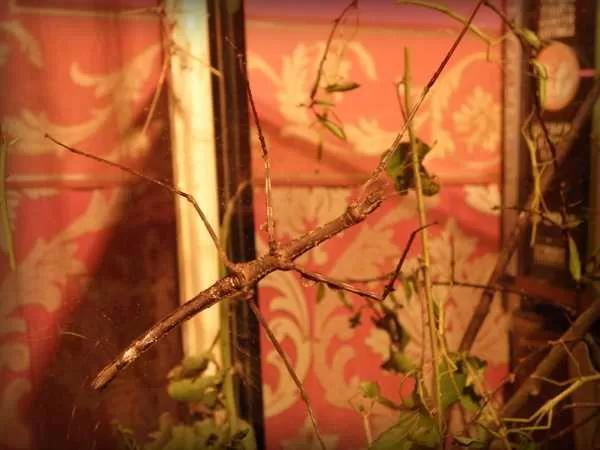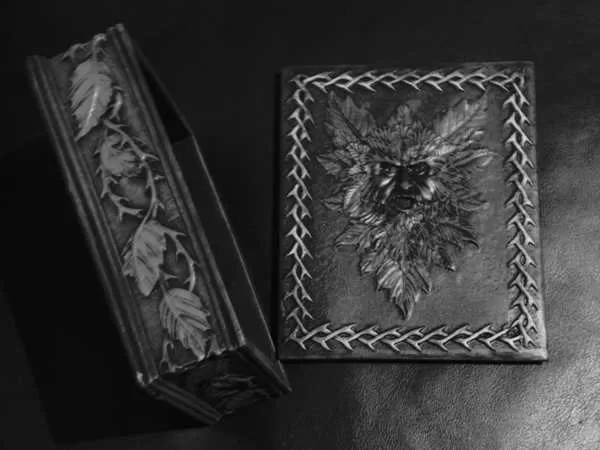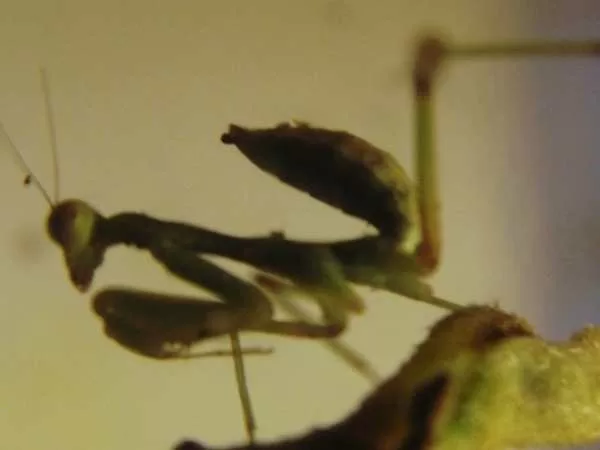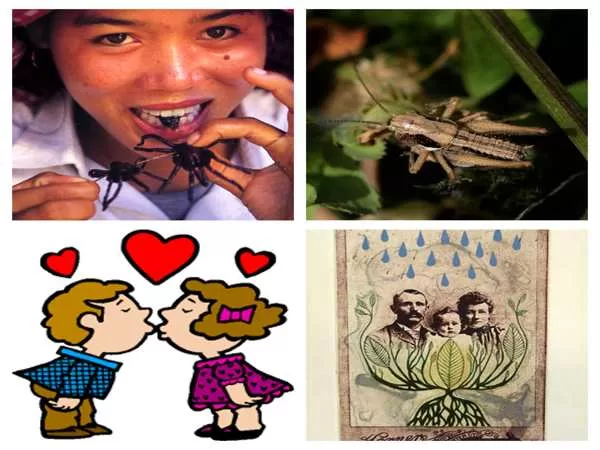We Need Bees
They are the world’s most important pollinators of food crops. In fact, it is estimated that one-third of the food we eat each day depends on pollination, primarily by bees. But as much as we are used to being busy with work, they also need their beauty sleep. Recently, wildlife photographer Joe Neely captured two bees swarming a flower, and the shot shows a beautiful side of things that we rarely see.
“The story behind these photos begins when my fiance Nicole and I went for poppy flowers,” Neely tells Bored Panda. “On the way back, we saw this patch of pink flowers off the highway, so we stopped to take some photos. “Nicole was shooting this orange globe malo plant hidden in all these pink flowers, and all she heard was bees buzzing,” said the 38-year-old from Phoenix, Arizona.
“Then she noticed that there were bees in some of the flowers, but they didn’t move.” “I came and studied for a while, and more bees appeared. Soon, all the empty flowers were occupied, and this one bee was left. She crawled over this open flower and came in with another one.
I kept watching him get almost drunk and then settle down.” “Well, I never knew bees slept in flowers, but these bees (Diadacea diminuta) sleep in orange flowers called globe mallows.” Diadacea diminuta, or simply the globe mallow bee, collects pollen from its favorite food plant, the globe mallow (Sphaeralsia). According to the Forest Service of the United States Department of Agriculture, their nests are usually found in partially compacted soil. The edges of dirt roads in the western United States
Bees play a major role in flower reproduction across the globe. “Bees are covered in pollen while visiting flowers, and much of this pollen is made into a pollen basket on the hind legs and carried back to the nest,” the organization writes on its website. “However, some remain on the body, and the next few visited globes are deposited on the stigma of malo flowers.
Thus, the diadacea globe contributes to reproduction in us. When it comes to bees sleeping, there are some interesting details. “They don’t have eyelids, so you can’t close your eyes and look for bees,” says Brandon Hopkins, a bee researcher at Washington State University. “By carefully watching the bees, the scientists discovered that the bees would stop moving their antennae and, in some cases, fall to the side.” The nuances of how and where a bee sleeps depend on where it lives.
After all, there are more than 20,000 bees living on our planet. Bees, for example, work day and night and sleep inside the hive. As they grow, their sleep patterns change. Young bees sleep less, but older bees sleep for 30 minutes to an hour and a half each night, taking short naps of 15 to 30 seconds at a time.
But these two globe malo bees cuddled together in the flower, making the perfect composition that gave Joe his winning shot of the day. “I used a Nikon d750 and a 150mm macro lens with an R1C1 Nikon macro flash,” he reveals. The photographer says he approaches bee photography the same way he approaches photography of other types of wildlife, from rattlesnakes to bison. “I keep a respectful distance and don’t do anything that changes the subject’s behavior.
How macro photography differs is that your depth of field is too small or shallow because you are too close to something too small. So because of this, I like to shoot with an aperture of f16 to f20 to get as much focus as possible. This usually means the need to introduce artificial lighting, such as flash. Now, that might sound annoying, but the best part about using flash is that you don’t have to rely on fast shutter speeds for sharp images. Instead, you’re freezing all movement (yours and the subjects) at the speed of light.”

















